Blogs & News
We are focus on automotive wiring harness & connectors technology.
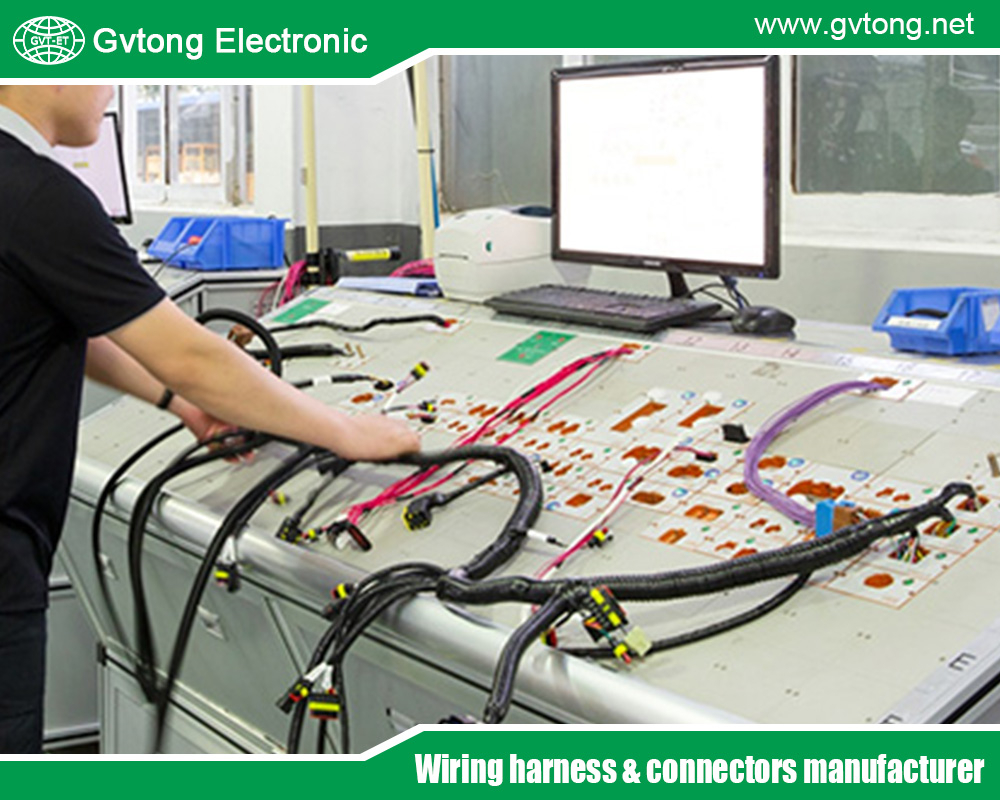
How to Find the Best OEM High Voltage Connector Supplier in China
- Gvtong Electronic
- best OEM high voltage connector supplier in china, China Battery Connector and High Voltage Connector, China High Voltage Connector, China High voltage connectors Factory, China High Voltage Connectors Suppliers, China Power Connector Manufacturers, EV-High voltage connectors manufacturers, Heavy Duty Connector Rectangular Connector, High Power Connector Manufacturers, High Voltage Battery Connector, High Voltage Cable Connectors China, high voltage connector supplier in china, High Voltage Connectors China, High Voltage Connectors Manufacturers, High Voltage Connectors Suppliers, High Voltage High Current Connectors, OEM High Voltage Connector Supplier, Wholesale High Voltage Connectors Suppliers
- No Comments
How to Find the Best OEM High Voltage Connector Supplier in China
In today’s rapidly evolving technological landscape, high voltage connectors play a critical role in ensuring the safe and efficient operation of various electrical systems. From electric vehicles and renewable energy systems to industrial machinery and aerospace applications, these specialized components are essential for transmitting high voltages reliably. As the demand for high voltage connectors continues to grow, finding the right Original Equipment Manufacturer (OEM) supplier becomes paramount for companies looking to maintain product quality and competitiveness.
China has emerged as a global hub for manufacturing, offering a vast array of suppliers for OEM high voltage connectors. However, navigating this landscape to find the best supplier can be challenging. This article aims to guide you through the process, providing insights and strategies to identify and partner with the most suitable OEM high voltage connector supplier in China. Over the next 2000 words, we’ll explore why China is a prime choice, the key factors to consider, how to research and evaluate suppliers, and tips for negotiating and collaborating effectively.
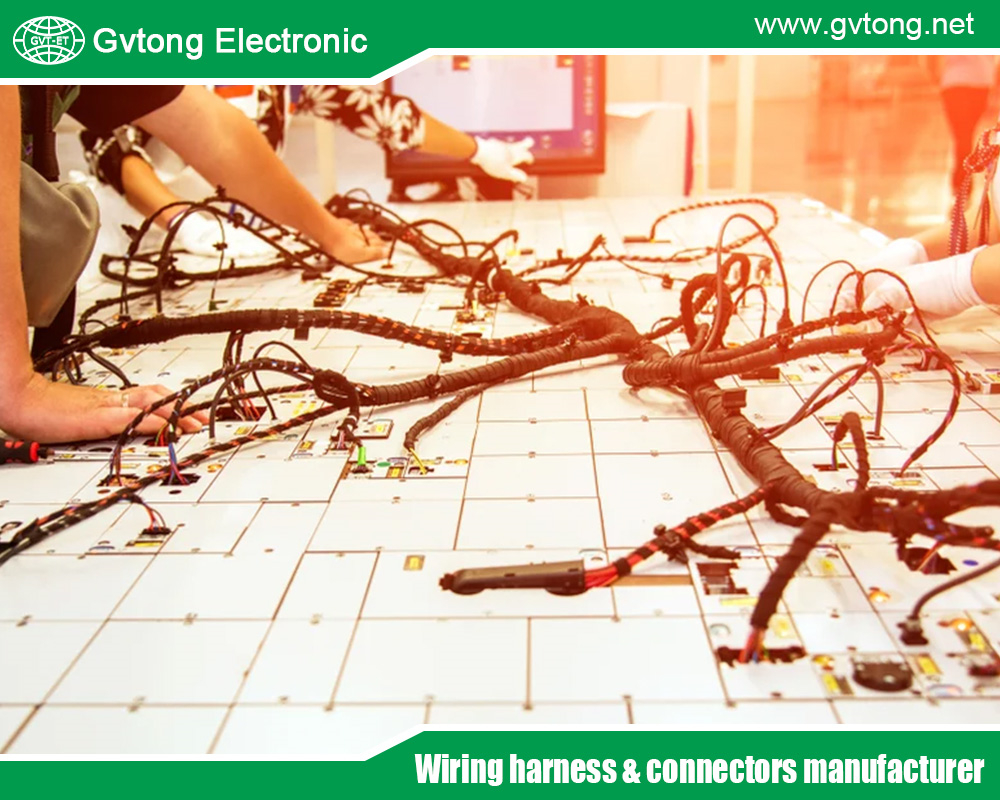
Why Choose China for OEM High Voltage Connectors?
China’s reputation as a manufacturing powerhouse is well-earned, driven by its robust infrastructure, skilled workforce, and cost-effective production environment. When it comes to sourcing OEM high voltage connectors, Chinese suppliers offer several compelling advantages that make them a top choice for businesses worldwide.
Cost-Effectiveness
One of the primary reasons companies turn to China is the cost advantage. Labor and production costs in China are generally lower than in many Western countries, allowing suppliers to offer competitive pricing without necessarily compromising quality. For businesses looking to scale production or manage tight budgets, this cost-effectiveness can be a game-changer, enabling them to maintain profitability while delivering high-quality products.
Advanced Manufacturing Capabilities
China has invested heavily in its manufacturing ecosystem, equipping suppliers with state-of-the-art machinery, automation, and precision engineering tools. This infrastructure enables the production of high voltage connectors that meet stringent technical requirements. Whether it’s ensuring tight tolerances or maintaining consistency across large production runs, Chinese manufacturers have the technological capabilities to deliver reliable components.
Scalability
Another key benefit is scalability. Many Chinese suppliers have the capacity to handle orders of varying sizes, from small batches for prototyping to mass production for large-scale projects. This flexibility makes them an ideal partner for companies with fluctuating demand or ambitious growth plans. Suppliers can often adjust their production schedules to meet tight deadlines, ensuring timely delivery even during peak seasons.
Innovation and R&D Investment
Chinese manufacturers are no longer just low-cost producers; they’re increasingly becoming innovators. Many suppliers are investing in research and development (R&D) to create cutting-edge high voltage connector designs that align with emerging industry trends, such as electric vehicle advancements or renewable energy integration. This focus on innovation ensures that businesses can access modern, efficient solutions tailored to their needs.
While these advantages make China an attractive destination, success depends on selecting the right supplier. With so many options available, a structured approach is essential to identify a partner that aligns with your specific requirements.
Key Factors to Consider When Selecting a Supplier
Choosing the best OEM high voltage connector supplier involves more than just comparing prices. It requires a thorough evaluation of several critical factors to ensure the supplier can deliver consistent quality, meet your production needs, and provide ongoing support. Below are the key considerations to guide your decision-making process.
1. Quality Control
High voltage connectors are critical components where safety and reliability are non-negotiable. A supplier’s commitment to quality control is paramount. Look for manufacturers with robust quality assurance processes, including:
In-House Testing: Ensure they conduct rigorous testing (e.g., electrical performance, durability, and environmental resistance) at various production stages.
Inspection Protocols: Verify that they have documented procedures for inspecting raw materials and finished products.
Compliance with Standards: Confirm that their connectors meet international standards such as ISO 9001, UL, or CE.
Ask potential suppliers for details about their quality control measures and request documentation or test reports to validate their claims.
2. Certifications
Certifications serve as a reliable indicator of a supplier’s adherence to quality and safety standards. When sourcing high voltage connectors, prioritize suppliers with:
ISO 9001: Demonstrates a comprehensive quality management system.
UL Certification: Ensures safety compliance for electrical components, particularly important for North American markets.
CE Marking: Indicates conformity with European health, safety, and environmental standards.
Depending on your industry (e.g., automotive, aerospace), additional certifications like IATF 16949 may also be relevant. Suppliers with these credentials are more likely to produce connectors that meet your technical and regulatory requirements.
3. Production Capacity
A supplier’s ability to meet your volume and delivery needs is a critical factor. Evaluate their production capacity by asking:
How many units can they produce monthly?
What are their lead times for standard and rush orders?
Can they scale production to accommodate growth?
A supplier with flexible, scalable capacity ensures you won’t face delays or shortages, even as your demand increases.
4. Customization Options
High voltage connectors often need to be tailored to specific applications, such as unique pin configurations, materials, or environmental ratings. Choose a supplier that offers customization services and has experience working with bespoke designs. Early in the process, share your technical specifications and drawings to confirm they can deliver a product that fits your exact needs.
5. After-Sales Support
The relationship with a supplier doesn’t end at delivery. Reliable after-sales support is essential for addressing issues like defective products, technical questions, or warranty claims. Look for suppliers that offer:
Responsive Customer Service: Quick resolution of concerns or inquiries.
Warranty Policies: Clear terms for replacements or repairs.
Technical Assistance: Support for installation or troubleshooting.
A supplier that prioritizes after-sales service demonstrates confidence in their products and a commitment to long-term partnerships.
By focusing on these factors—quality, certifications, capacity, customization, and support—you can shortlist suppliers that align with your operational goals and product standards.
How to Research and Evaluate Potential Suppliers
With a clear understanding of what to look for, the next step is finding and vetting potential suppliers. This process involves a mix of research methods and due diligence to ensure you’re partnering with a reputable and capable manufacturer.
Research Methods
1. Online Searches
Start with online platforms designed for sourcing suppliers:
Alibaba: A leading B2B marketplace with detailed supplier profiles, product listings, and customer reviews.
Made-in-China: Focuses on Chinese manufacturers and offers filters for certifications and product types.
Global Sources: Known for verified suppliers and detailed company information.
Use keywords like “OEM high voltage connector supplier China” to narrow your search, and review supplier ratings, response times, and transaction histories.
2. Trade Shows
Industry-specific trade shows provide a hands-on opportunity to meet suppliers. Events like the China International Industry Fair or Electronica China showcase manufacturers of electrical components, including high voltage connectors. Attending allows you to:
Inspect products in person.
Discuss capabilities directly with representatives.
Build initial rapport with potential partners.
3. Industry Directories
Consult directories such as the China Electronics Supplier Directory or China Machinery Supplier Directory for curated lists of manufacturers. These resources often include contact details, company overviews, and specialization areas, making them a reliable starting point.
4. Referrals
Tap into your professional network for recommendations. Colleagues, industry peers, or business partners with experience sourcing from China can point you to trusted suppliers and share lessons learned. Referrals often lead to faster, more reliable connections than cold outreach.
Due Diligence
Once you’ve identified potential suppliers, perform due diligence to verify their suitability:
Company Background: Research their history, years in business, and client base. Check for red flags like legal disputes or poor online reviews.
Facility Visits: If feasible, visit their manufacturing site to observe their equipment, processes, and quality controls firsthand. This step is especially valuable for large or long-term orders.
Sample Requests: Order samples to test the connectors’ quality, performance, and compatibility with your systems. Hands-on evaluation is the best way to confirm a supplier meets your standards.
By combining these research and evaluation techniques, you’ll build a shortlist of suppliers worth pursuing further.
Tips for Negotiating and Working with Chinese Suppliers
Selecting a supplier is only half the battle—building a successful partnership requires effective negotiation and collaboration. Here’s how to navigate this phase with Chinese manufacturers.
1. Communication
Clear communication is the foundation of any supplier relationship. While many Chinese suppliers have English-speaking staff, misunderstandings can still occur. To mitigate this:
Use simple, precise language when outlining requirements.
Provide detailed documentation (e.g., specs, timelines) to avoid ambiguity.
Consider a translator or sourcing agent for complex discussions.
Regular check-ins via email, phone, or video calls can keep the relationship on track.
2. Relationship Building
In Chinese business culture, personal relationships underpin professional success. Invest time in building trust by:
Engaging in small talk or virtual meetings to establish rapport.
Showing appreciation for their efforts or expertise.
Visiting their facilities when possible to strengthen ties.
A strong relationship can lead to better pricing, priority service, and smoother problem resolution.
3. Cultural Differences
Understanding cultural nuances can enhance your interactions:
Face-Saving: Avoid public criticism or aggressive demands, as preserving dignity is important. Address issues privately and diplomatically.
Indirect Communication: Suppliers may hint at concerns rather than state them outright. Be attentive and ask clarifying questions.
Adapting to these norms fosters mutual respect and cooperation.
4. Contracts and Agreements
Protect your interests with a detailed contract that covers:
Product specifications (e.g., dimensions, materials, performance standards).
Pricing, payment terms, and any volume discounts.
Delivery schedules and penalties for delays.
Quality assurance processes and inspection rights.
Intellectual property protections if your design is proprietary.
Consult a legal expert familiar with Chinese business law to ensure enforceability.
By mastering these elements—communication, relationships, cultural awareness, and contracts—you’ll lay the groundwork for a productive partnership.
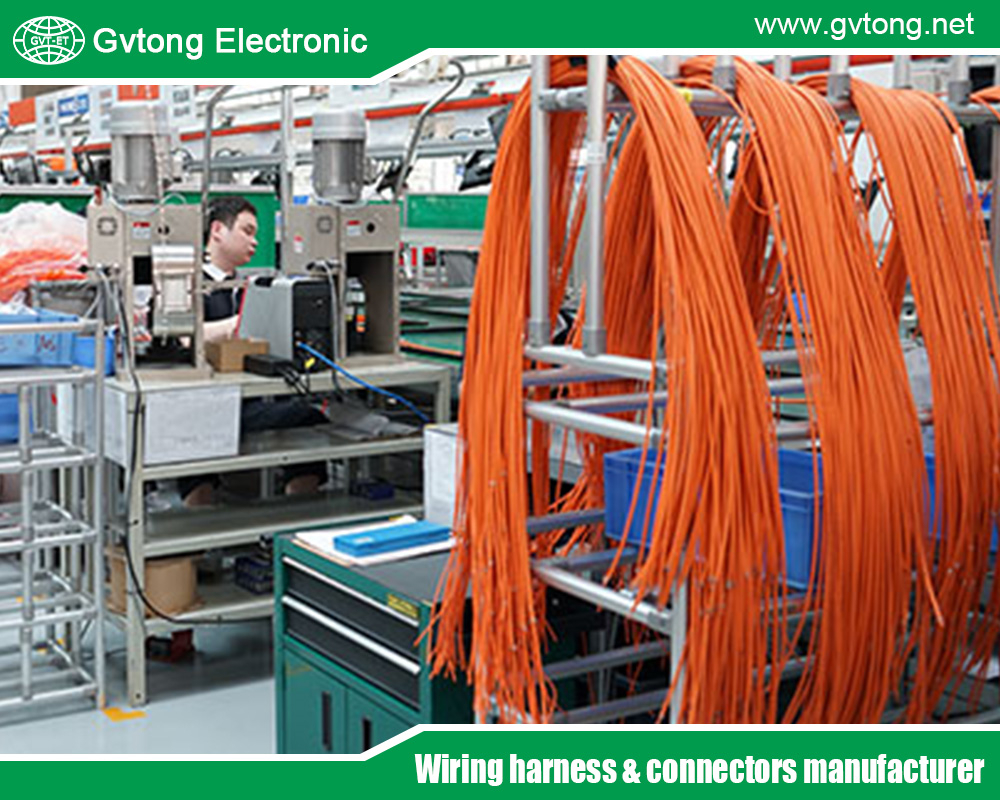
Conclusion
Finding the best OEM high voltage connector supplier in China is a multi-step process that demands careful planning and execution. By leveraging China’s cost-effectiveness, manufacturing capabilities, and scalability, and by evaluating suppliers based on quality, certifications, capacity, customization, and support, you can identify a partner that meets your needs. Thorough research—through online platforms, trade shows, directories, and referrals—combined with due diligence like facility visits and sample testing, ensures you make an informed choice. Finally, effective negotiation and collaboration, grounded in clear communication and cultural sensitivity, solidify the relationship.
As industries like electric vehicles, renewable energy, and aerospace continue to grow, the importance of reliable high voltage connectors cannot be overstated. By following the strategies outlined in this guide, you’ll be well-equipped to navigate China’s supplier landscape and secure a partnership that drives quality, innovation, and success for your business. Take the time to research, evaluate, and build trust—the effort will pay off in a supplier relationship that stands the test of time.
For more about how to find the best OEM high voltage connector supplier in china, you can pay a visit to Gvtong at https://www.gvtong.net/ for more info.
Recent Posts
The Best GR Series-Circular Connectors Manufacturer
The Best GD Series Combined Power Connector Manufacturer
A Guide to Selecting the Best GH Series Plastic Connector Manufacturer
How High Pressure Connectors Work?
The Best Automotive Connector Companies
Tags
Recommended Products
-
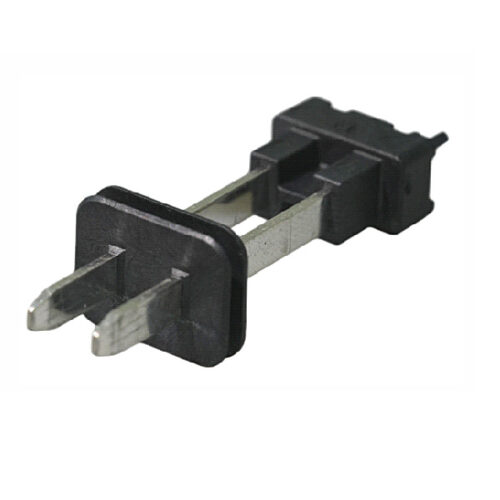
GE Series-WTB 2pin Connector Plug
-
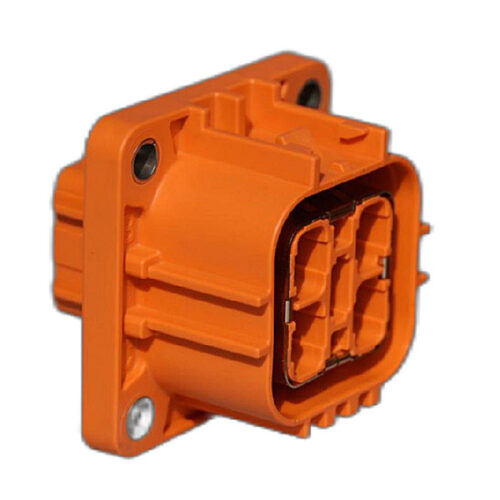
GH630 Series-4-core plastic high voltage connector
-
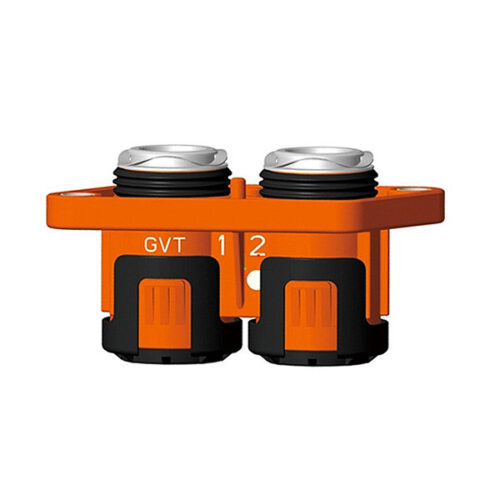
GIPT two-core wiring connector
-
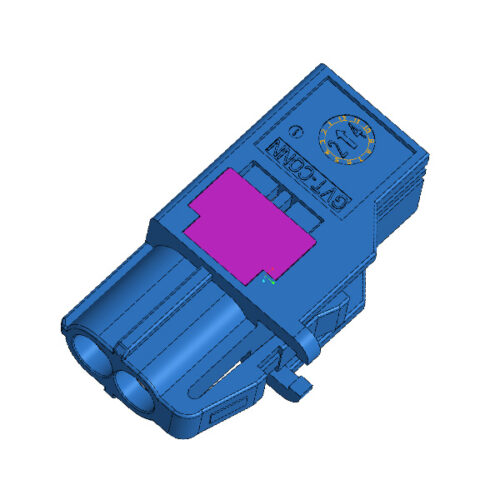
Automotive MINI Fakra High-Speed 2Pin Female To Fakra Male Z Code Connector
-
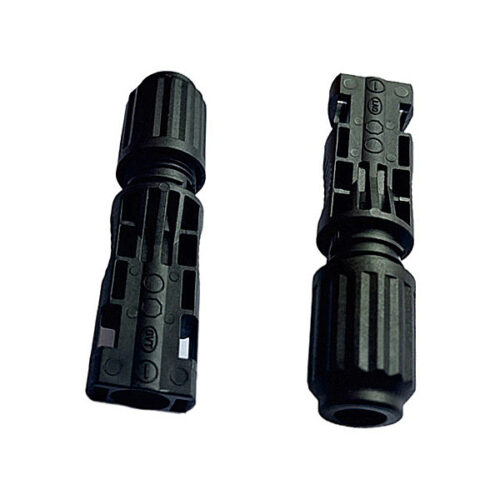
Photovoltaic Connector-Line End Socket
-
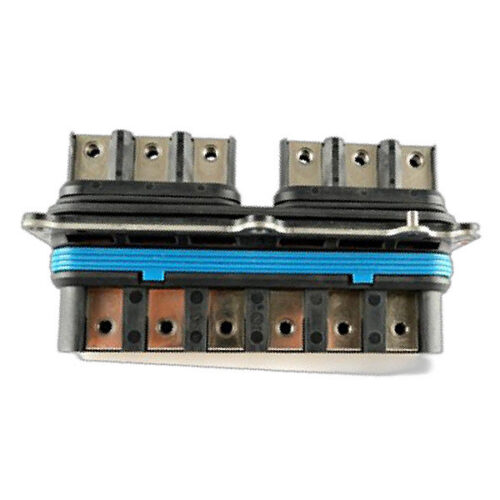
Oil cold through the cylinder
-
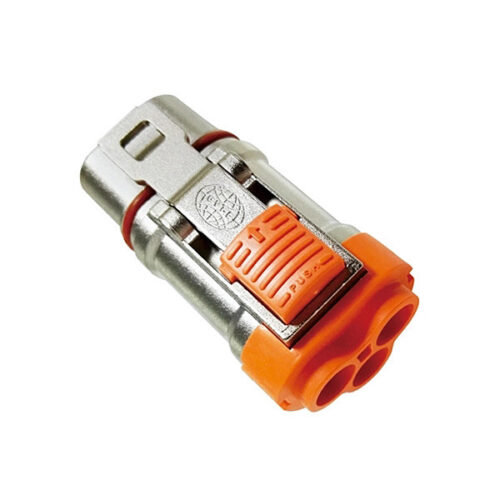
Metal connector-3.6mm-2 core
-
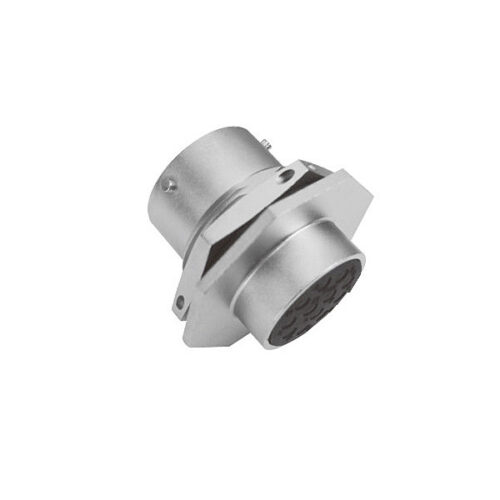
Signal connector-12 core-14#
